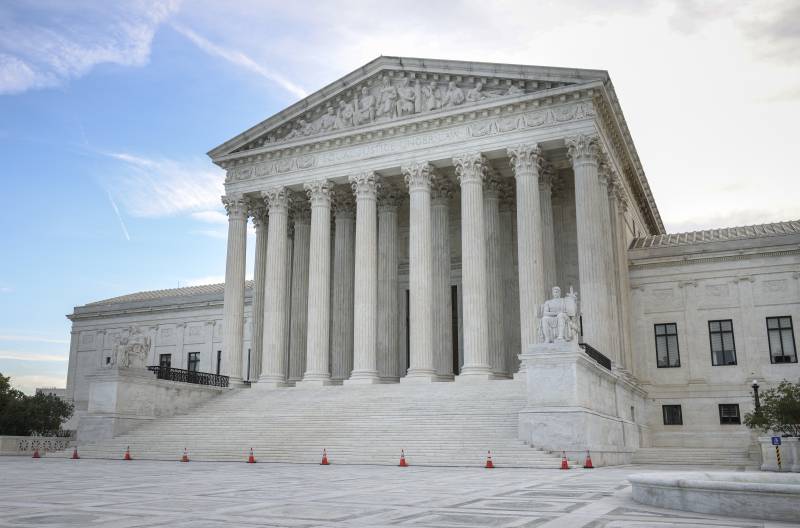The Supreme Court has ruled in favor of police officers in two cases involving qualified immunity, the controversial legal doctrine that protects police officers accused of misconduct.
In both cases — one involving a police officer from Union City and the other three cops from Oklahoma — the officers have been accused of using excessive force when responding to domestic disturbances. In the case from Union City, officers used beanbag rounds and a knee on the suspect’s back to subdue him; in the second, officers shot and killed the suspect after he approached them while raising a hammer.
Both decisions the court issued Monday were unsigned. No justices dissented.
Qualified immunity refers to a series of legal precedents that protect government officials — including police officers — accused of violating constitutional rights.
To win a civil suit against a police officer, complainants must show that the officer violated “clearly established law,” most often by pointing to factually similar previous cases. Otherwise, officers are protected from liability.

